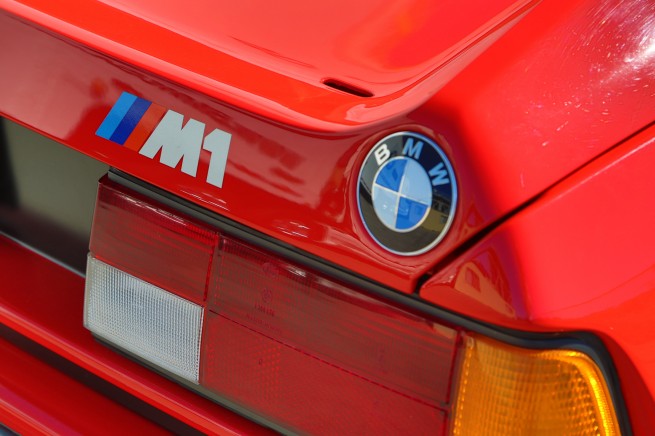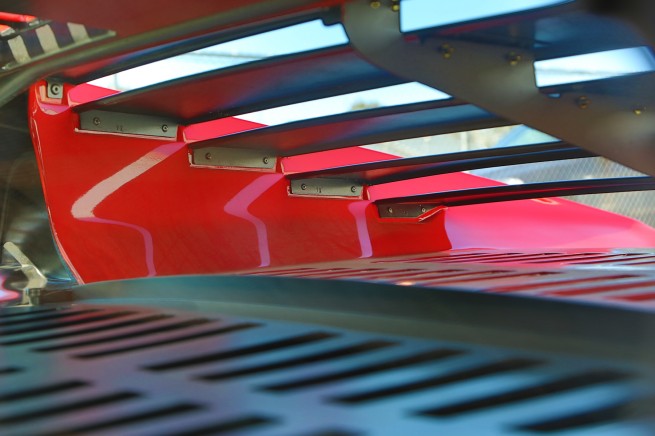Like most great supercars, the M1 was conceptualized as a race car, and then homologated through civilian series production. In the mid 1970s, BMW had an itch to beat Porsche on the racetrack – not just in sales volume. BMW wanted to prove that they could build world-class sports cars as well as world-class sport sedans.
Penned by Giorgetto Giugiaro, the M1 had decidedly Itialian design, its shape far more Sant’Agata than Munich. Lamborghini was contracted to help with the design and production of the car, but when financial hardship befell the Italian marque, BMW assumed full responsibility for the project and continued building the M1 to the tune of 456 copies – not including those built as race cars. The cars were hand-built from 1978 to 1981 when the last copy left M’s factory. Thus, the M1 is the rarest production BMW sports car in the company’s lengthy history.
The engine remains the heart of the beast, in this case designed by Paul Rosche, the same man responsible for the all-conquering engine fitted in the McLaren F1 road car. An inline 6 layout was chosen measuring 3.5 liters in displacement. In race form, this engine developed a healthy 490 horsepower. After enjoying a ride in BMW’s Procar M1, I can attest to both its brutal power delivery, and spine-tingling, thunderous sound.
At a time such as this, when BMW’s competitors are pumping out supercars as if family staples, seeing the M1 in the flesh tugs at our heartstrings. We long to see what Garching could produce if given the budget. Rest assured, BMW’s M engineers would not produce anything less than game-changing if given the chance by boardroom execs. Here’s to hoping BMW will produce another palpitation-inducing supercar.
In the meantime, enjoy these photos shot earlier today from California’s Laguna Seca racetrack. We stumbled upon a perfect specimen tucked in behind a BMW Motorsport transport van. We wasted no time putting our camera to work.
[Photography: Shawn Molnar]

































































































